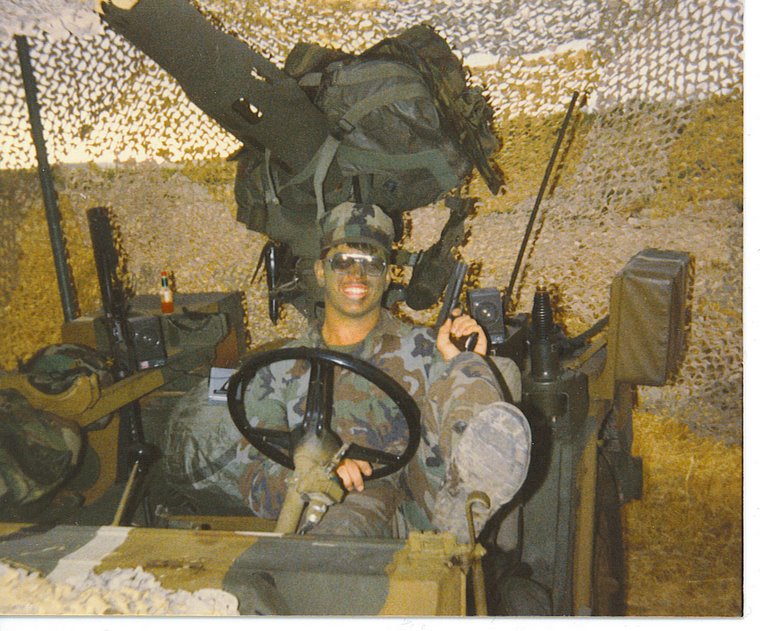David Bushnell (1740-1824), of Connecticut, began experimenting with the possibility of underwater explosions while attending Yale, 1771-1775, and created a viable device using a waterproof keg and a clock. He then set about building a submarine, on the Connecticut River.
Completed in early 1776, Bushnells’ American Turtle consisted of two large wooden demi-hemispheres built of shaped oak staves, caulked with cork, joined by iron bands, and with the hull tarred, which formed an enclosed vessel of about six feet by seven. It had a hatch and eight small windows in little conning tower. The vessel had a rudder, and two short, hand cranked screw propellors, one for vertical and one for horizontal movement. There were two brass schnorkles, one for intake and one for exhaust, which could be sealed, leaving the operator 30 minutes of air when completely submerged. There was 900 pounds of lead ballast, of which 200 pounds could be detached for buoyancy. For navigation underwater, the operator had a compass and a barometer both rimmed with phosphorus to aid visibility.
An iron auger bit that could be worked from inside the vessel wasa intended to be used to affix a screw against the hull of an enemy ship. A rope attached to the screw extended to the mine, which could then be released from its storage site on the “back” of the vessel, which simultaneously activated the clockwork mechanism, and left the mine floating against the hull of the enemy ship.
Initially intended for use against the British fleet in Boston Harbor, the American Turtle was not ready before the British evacuated Boston in March of 1776. However, with the British landing on Staten Island later that summer, Bushnell convinced Benjamin Franklin and George Washington that he should be given a chance to try his device.
An intial effort against a ship anchored in the Narrows failed because neither Bushnell nor his brother were strong enough to maneuver the vessel. Sgt. Ezra Lee of the Connecticut was chosen to be the pilot, and shortly after midnight on September 7, 1776, attempted to attack HMS Eagle, 64, the flagship of Admiral Richard Howe, off South Ferry, New York. This effort failed because the screw mechanism was unable to penetrate the ship’s copper sheathing.
As he returned to Manhattan, Lee cast off the mine, which exploded harmlessly about an hour later, leading the British to cut their cables so that their could drift down the bay to avoid danger.
When Washington evacuated Manhattan, the American Turtle was hauled to safety. Several other attempts were made to use the vessel, none successful, although an attack on HMS Cerberus in 1777 off New London did result in the destruction of a schooner. The ultimate fate of the American Turtle is unknown



No comments:
Post a Comment